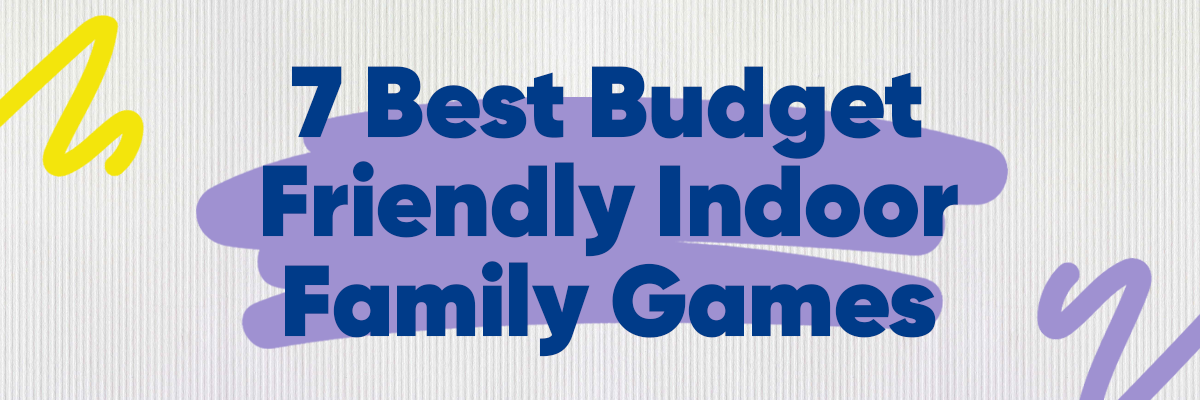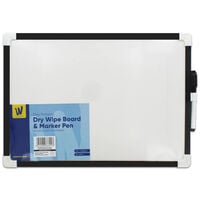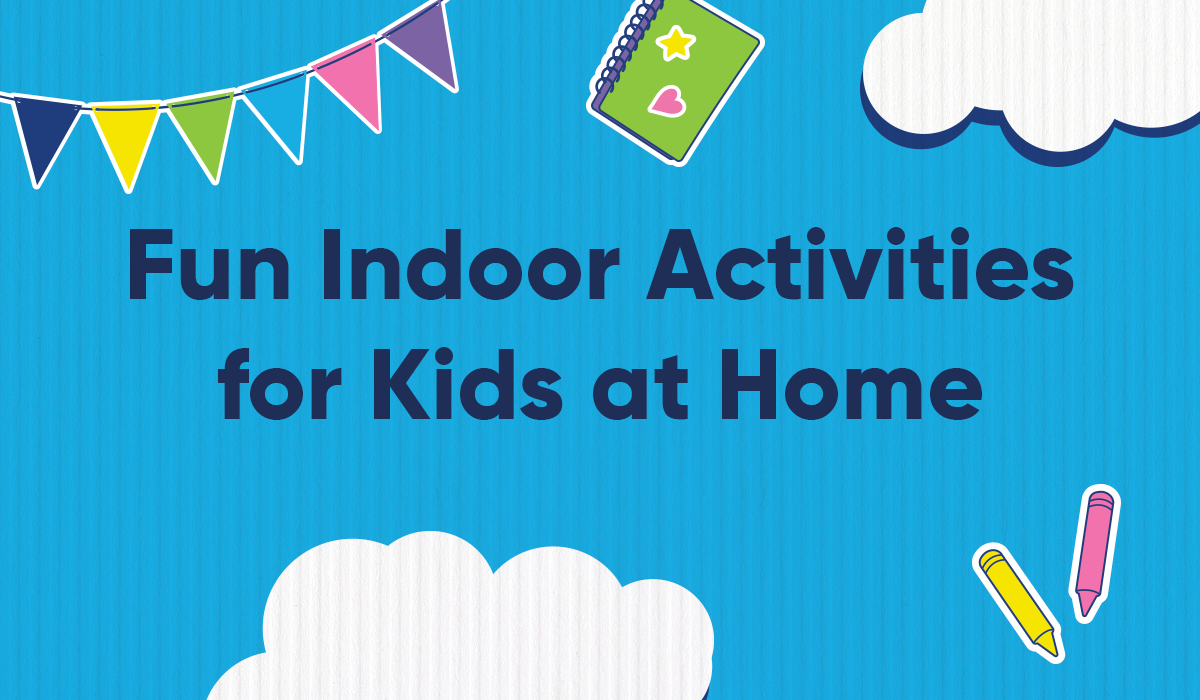7 Family Games That Won't Break The Bank
The Floor Is Lava
This classic indoor game is brilliant for the little ones (and not-so-little ones) to be imaginative, move around, and have fun.
What you need to play The Floor Is Lava
You shouldn't need to buy anything to play this indoor game.
All you'll need are a few things that are safe enough to climb or stand on to keep everyone's feet from touching the ground. Pillows, mattresses, chairs and pieces of card, for the toddlers, all work a treat for this game.
How to play The Floor Is Lava
1. Someone in the family randomly walks into the room and yells, "the floor is lava".
2. Everyone has 5 seconds to get their feet off the ground from the 'lava'.
3. After 5 seconds, if someone is still touching the ground, they're out.
4. Then everyone has to navigate the furniture to get out of the room without touching the floor. They can use things like cushions etc, as stepping stones.
Trivia
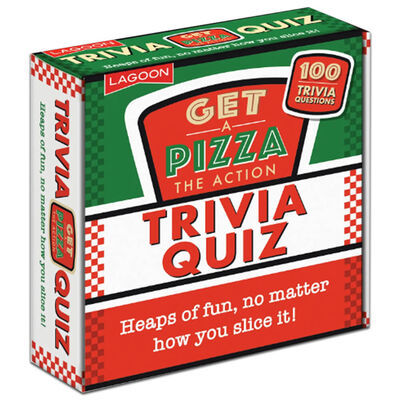
Trivia is the perfect game to test your family members' general knowledge and expertise in specific areas by asking them questions about anything and everything from sports, science, history, movies or things that are completely random!
We love Trivia because it's about sparking a discussion and healthy debate, making it a cheap way to bond as a family indoors.
What you need to play Trivia
Trivia games can be played with just a set of pre-made questions, and no additional equipment is required.
If you're struggling with questions, buying a Trivia game could be the answer. We have plenty of Triva games between £5-10 which are family-friendly and cover a range of interesting and random topics.
How to play Trivia
1. Divide the family members into teams.
2. Each team takes turns answering questions from various topics.
3. Record your team's answers for each question asked.
4. The team with the most correct answers at the end of the game wins.
The 21-Card Game
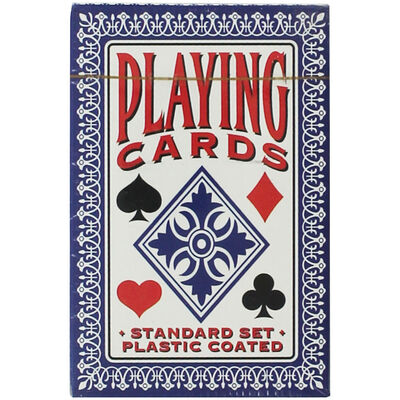
21, also known as Blackjack, is a card game usually played at casinos but can also be enjoyed as a wholesome, family game. Minus the betting, of course.
The game's goal is to have a hand value of 21, or as close to 21 as possible, without going over.
The beauty of "21" is its simplicity. It's so uncomplicated that even young children who can do simple arithmetic will get it. And there's enough risk and tension in it that it's not boring, making it perfect for the whole family to get involved.
What you need to play 21 Card Game
All you need to play 21 is a pack of playing cards, which you might already have at home. If you need a set of cards, they can be picked up for very little money at The Works.
How to play 21 Card Game
1. Each player is dealt two cards, and they can choose to "hit" and receive additional cards to improve their hand or "stand" and keep their current hand.
2. The value of the cards is as follows: 2-10 are worth their face value, face cards (Jack, Queen, King) are worth 10, and an Ace can be worth 1 or 11 depending on what is more favourable for the player.
3. The dealer must follow a set of rules for when to hit or stand, and if a player's hand value exceeds 21, they lose the game.
4. The player with the hand value closest to 21, without going over, wins the game.
Pictionary
Pictionary is a drawing and guessing game that will keep the family entertained for hours without spending a penny!
It's the perfect rainy day game because it helps spark creativity and helps our children learn and understand concepts through pictures.
What you need to play Pictionary
Pictionary can be played with just a pen and paper or a whiteboard.
How to play Pictionary
1. One player draws a picture based on a word or phrase picked by the game host, while the others try and guess what the picture represents.
2. In each round, a player is chosen to draw, and the others must guess what the drawing represents. The artist usually has 1-2 minutes to draw their picture.
3. If the others guess the word or phrase correctly, they can get the point and the artist or the team changes.
4. If the time runs out or no one can guess the word, the artist's team doesn't get the point.
5. The team with the most points at the end of the game wins.
Classic Dice Games
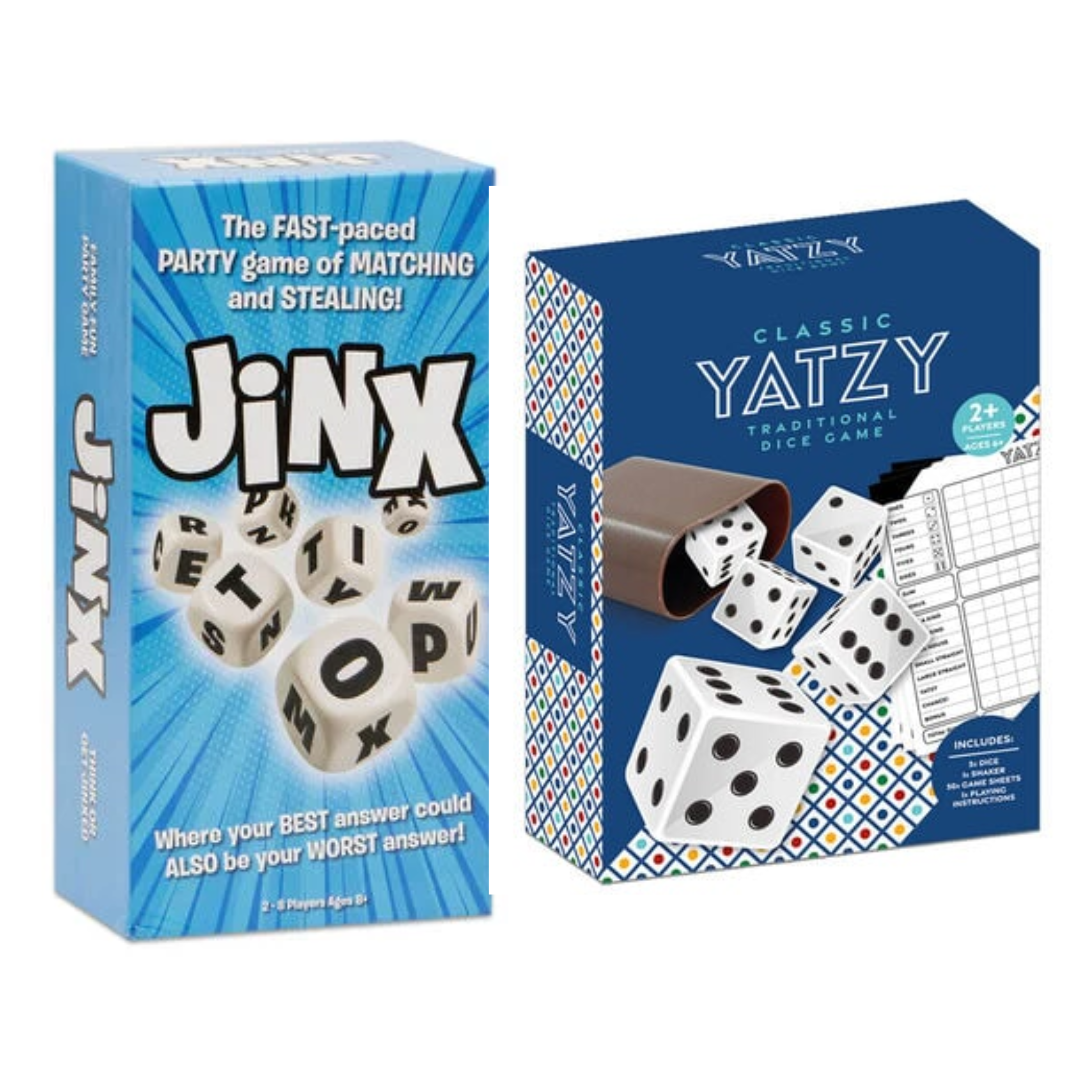
Playing some classic dice games, like Jinx and Yatzy with family is a fun way to spend an evening filled with laughter and friendly competition without breaking the bank. Jinx, with its quick-paced wordplay, keeps everyone on their toes, creating moments of spontaneous hilarity and collective groans when someone gets "jinxed." Meanwhile, Yatzy's blend of luck and strategy ensures a dynamic game where fortunes can change with a single roll of the dice. Each shout of "Yatzy!" echoes through the room, bringing cheers and sometimes playful envy. These games foster a sense of togetherness, allowing time to bond as a family, share stories, and create lasting memories.
What you need to play Yatzy
These boxed dice games come with everything you need to play. Alternatively, grab some numbered dice and create your own sheets for Yatzy.
How to play Yatzy
1. Gather the game materials: 5 dice, a Yatzy scorecard (one each), and a pen or pencil.
2. The game is played in turns. On each turn, a player can roll the dice up to three times.
3. On the first roll, the player rolls all 5 dice. After the first roll, the player can choose to keep any number of dice and re-roll the remaining dice.
4. After completing the rolls, the player must choose a category on their scorecard to record the result of their roll. Each category can only be used once during the game. Categories include ones, twos, threes, fours, fives, sixes, three-of-a-kind, four-of-a-kind, full house, low straight, high straight, Yatzy and chance.
5. Record the score for the chosen category on your scorecard. Here's a break down of the scores:
- Ones to Sixes: Sum of the dice showing that number.
- Three-of-a-Kind and Four-of-a-Kind: Sum of all dice if at least three or four dice show the same number.
- Full House: 25 points for three of one number and two of another.
- Small Straight: 30 points for four consecutive numbers.
- Large Straight: 40 points for five consecutive numbers.
- Yahtzee: 50 points for five of the same number.
- Chance: Sum of all dice, used for any combination.
6. The game ends when all players have filled in all categories on their scorecards. Tally up your scores, including any bonuses (such as a bonus of 35 for scoring 63 or more in the first section). The player with the highest total score wins the game.
Jigsaw Puzzles

If there's one family game or activity that will see your kids locked in and focused for hours and hours - it's a Jigsaw Puzzle.
Jigsaw puzzles are wicked family games because they can be enjoyed by people of all ages and skill levels, which is ideal for families with children, teenagers, and adults.
They can also be taken apart and put back together multiple times, providing hours of entertainment at a low cost.
What you need to build a Jigsaw Puzzle
You'll need to buy a jigsaw puzzle that's a little challenging but doesn't feel impossible to complete.
We have a wide range of Jigsaw puzzles suitable for all experience levels. For beginners, we recommend starting off with a 500-piece puzzle. For experienced puzzlers, a 1000-piece puzzle will be more of a challenge.
How to build a Jigsaw Puzzle
1. Organise the pieces by colour and edge pieces.
2. Start with the edge pieces and assemble them to create a frame for the puzzle.
3. Once the frame is complete, begin working on the inner pieces.
4. If you get stuck or can't find a piece that fits, look at the picture on the box for clues.
5. Once complete, you can either put it back in the box or glue it together and display it in a nice picture frame.
Connect Four
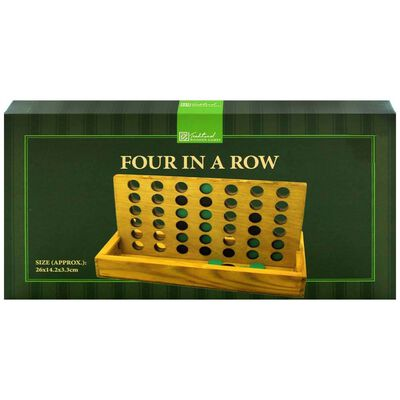
Connect Four, also known as Four In A Row or Four Up, is a game in which players take turns dropping coloured disks into a vertical grid. The goal is to connect four disks of the same colour horizontally, vertically, or diagonally before your opponent does.
What you need to play Connect Four
To play Connect Four, you'll need a vertical grid and some coloured discs. This quality set can be reused for many years, making it great (and cost-effective) fun.
How to play Connect Four
1. Start by assembling the board by following the instructions inside the box.
2. Organise the two different coloured discs into separate piles.
3. Decide which person will play each colour.
4. Flip a coin or rock-paper-scissors to decide who goes first.
5. Each person takes a checker and drops it down one of the slots.
6. Carefully choose each move and think about how you can tactically achieve four in a row without your opponent preventing it.
7. React to your opponent's move wisely and look at how the discs have been dropped by your opponent to understand their strategy.
8. The first person to get four in a row wins!
Have fun!
Being cooped up in the house doesn't have to be boring. Nor expensive. So with this set of budget-friendly indoor games, you're now ready to keep the family entertained during any rainy day!
Want to save a few more pennies this half term? Check out our other post, where we give you 8 budget friendly half-term activities your kids will love!
